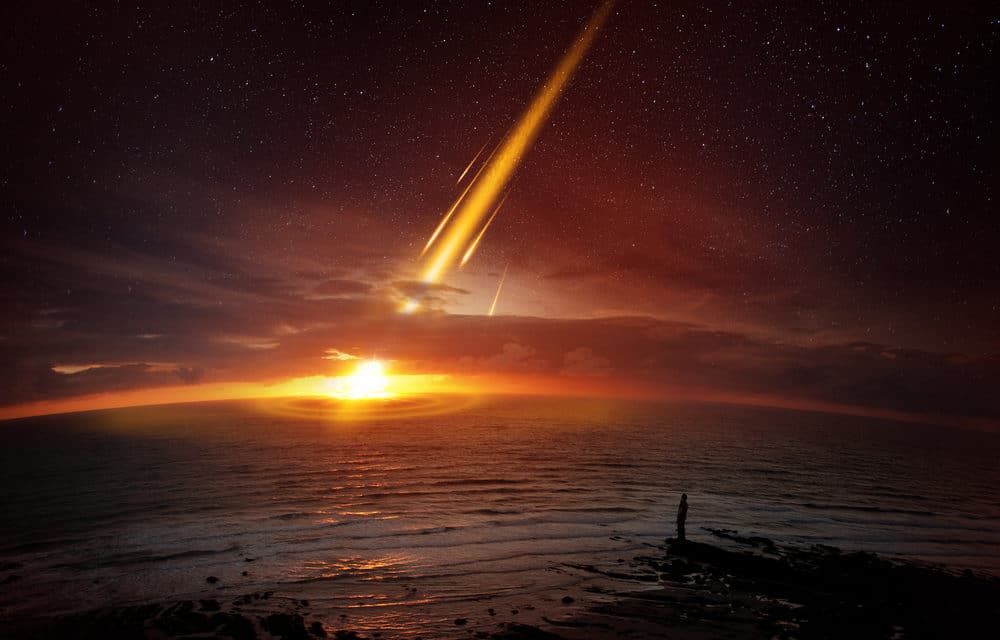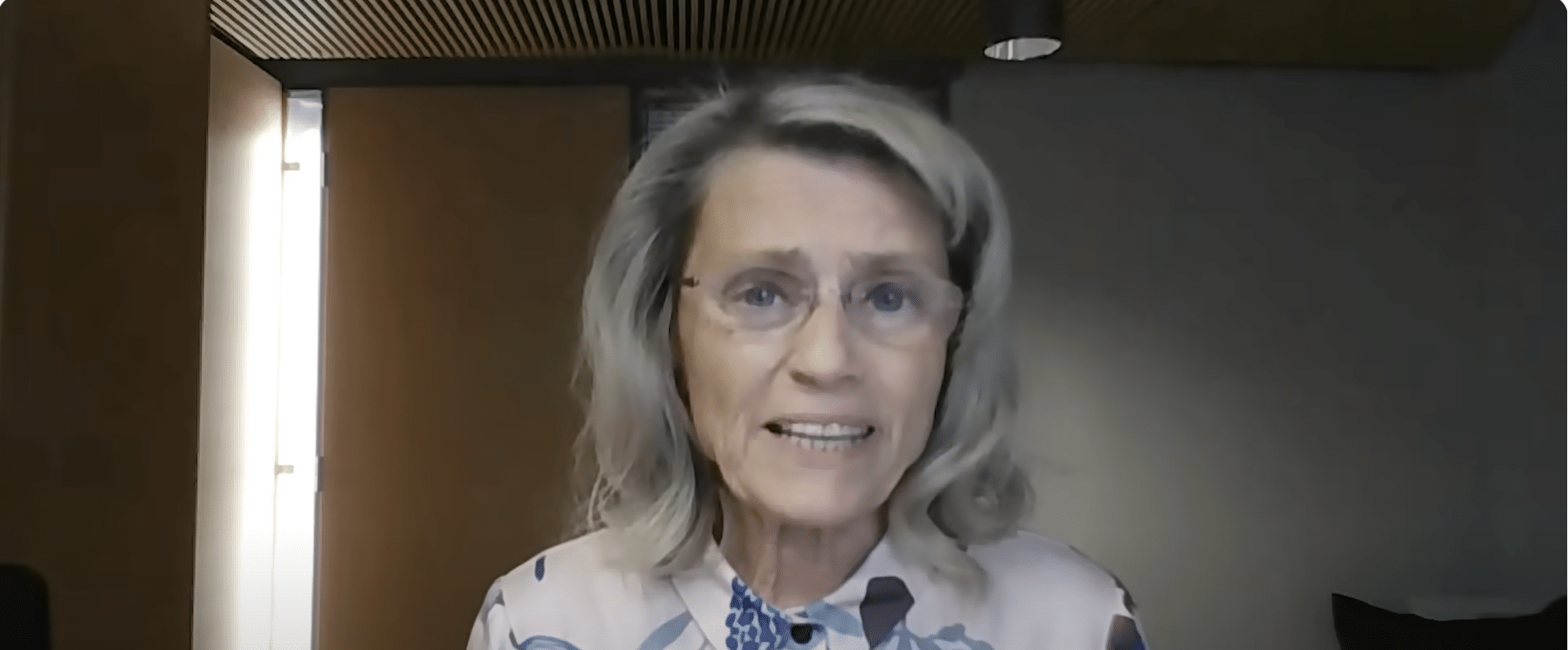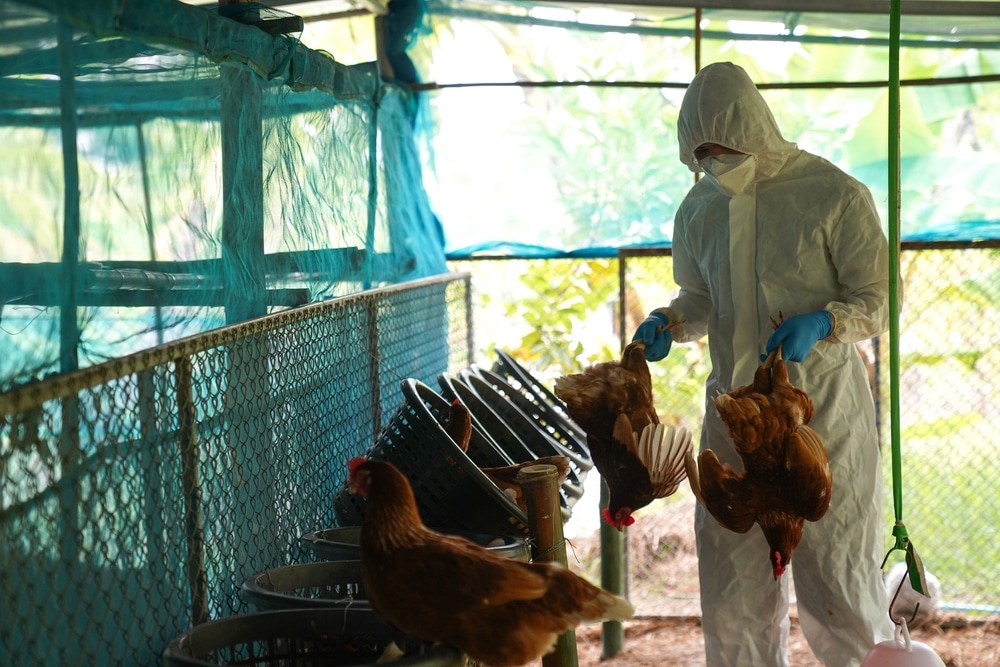(Discover) – Rhinos, elephants, whales, and sharks — the list of endangered species is long and depressing. But it’s not just these big, beautiful, familiar animals at risk. Earth is hemorrhaging species, from mammals to fish and insects. The loss of biodiversity we’re facing right now is staggering, thanks to habitat loss, pollution, climate change, and other calamities.
There have been five mass extinctions in the history of planet Earth. We’re on the threshold of a sixth. But extinction events don’t happen overnight. They unfold over millions of years. For humans that live maybe 80 or 90-some years, that’s very hard to wrap our minds around. To get an idea of how to think about the sixth mass extinction, I spoke to people who’ve intensively studied the first five: paleontologists.
I asked them what they’d like the rest of us to know. And I asked them what, in these scary times, gives them hope. These conversations were difficult. I heard phrases like “dead species walking” and “slow, creeping despair.” But I also heard notes of hope, too. One reason we don’t always appreciate the gravity of the problem is that we can’t really see it happening.
We might read alarming numbers in scientific journals, watch heartbreaking documentaries, and catch news coverage of monster hurricanes and dislodged ice sheets linked to climate change. But biodiversity loss happens quietly in the background of our lives. Precisely because extinction is long and slow, the effects of the harm we’re doing now will be felt for a long time to come.
Jill Leonard-Pingel is a paleoecologist at The Ohio State University and the assistant director of the Orton Geological Museum there. She describes something called extinction debt. This refers to the delay between the damage and the eventual extinction of a species.“If we don’t see the total extinction of a group of animals in our lifetimes, or even a couple of generations, it doesn’t mean that they aren’t fated for extinction,” she says. In other words, we’ve already killed some of the species that appear on T-shirts urging people to save them. READ MORE

















